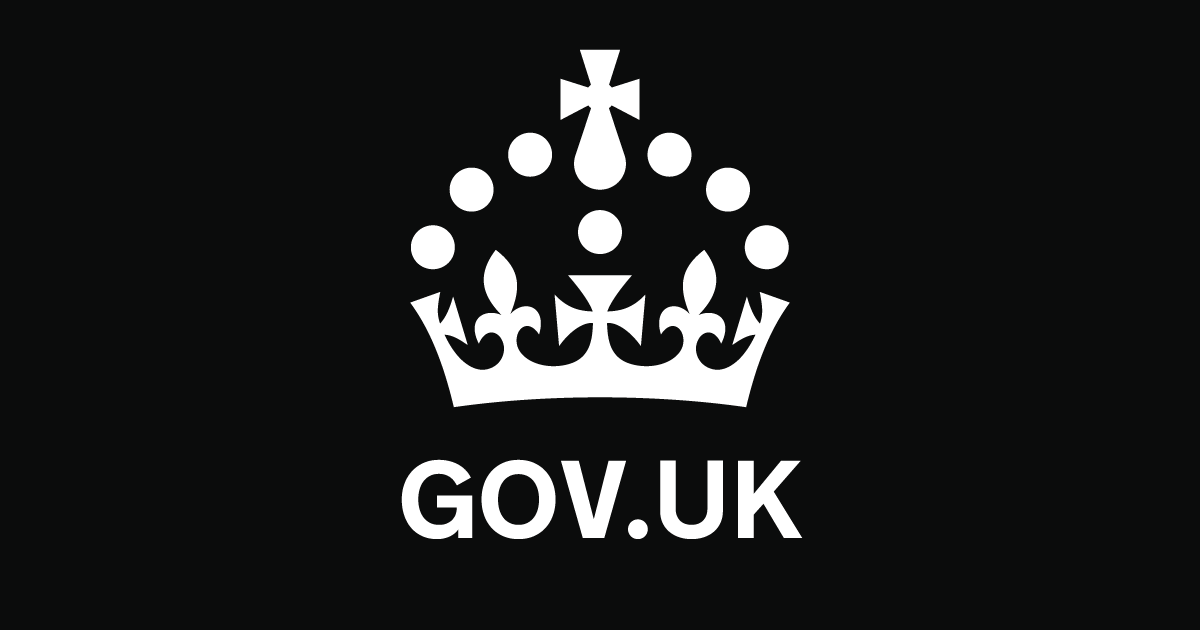Why Bother indeed....
People are the greatest asset in your business and probably the most expensive outlay too, so you want to get the best out of them, have them continue to perform at the highest level and keep hold of them too. To do otherwise is very costly indeed!
In order to ensure you get the best out of your team whilst they enjoy high levels of job satisfaction (so they stay) you will need to develop a culture of ongoing business and individual development; the two go hand-in-hand.
A structure and processes will be required to build a framework for ongoing learning and development to ensure the right things happen when they should. However, it is important at all times to remain focussed on the objective for these processes as this should never become a box-ticking exercise (trust me, it can: Iíve experienced just that).
Business planning forms the backbone of practice development with regular appraisals facilitating the development of individuals to deliver the business outcomes required by your plan. The two must be aligned.
For an example appraisal template click here.
The RAM approach
The Chartered Institute for Personnel and Development (CIPD) has developed the RAM approach for assessing development needs within organisations:
Relevance: Take a long hard look at how existing or planned learning provision (CPD courses, events, mentoring, on-the-job training) will meet previously identified opportunities and challenges for your business. This requires you to look at your practice plan first.
Alignment: If your plan requires the development of new skills within your practice this must be discussed fully with those members of staff required to deliver a new set of outcomes; they must understand the benefit to them and the business. You then need to seek alignment between any changes and the existing reward scheme and marketing and training budgets.
Measurement: You should regularly measure and evaluate using a mix of methods such as return on investment (ROI), KPIís and subjective measures such as how the outcomes match your own expectations and those of the clients.
For an example template of a client survey, click here.
Learning Needs Analysis
Large organisations tend to have highly structured frameworks that match individual skill sets with what is required thus identifying the gaps. Smaller veterinary practices still need to identify those gaps and address them in order to continually develop and grow and meet the ever-rising expectations of their clients. This can be done less formally and in a variety of ways:
- Regular practice meetings to discuss plans and ongoing projects (provisions of new clinics, for example)
- Consulting with clinical and nurse leaders on how any skills gaps may be best identified and addressed
- Regular appraisals
- Cost/benefit analysis of training courses and other interventions
- Developing flexible learning - especially mentoring and coaching, which facilitate the learning of both mentor and mentee and means that staff are not absent from the workplace.
For the GROW model for mentors click here.
What else?
Your veterinary practice is probably an SME where resources are limited. So whatever your learning and development plans are, it may be worth a bit of research time to see if any grants are available? Here are some links to kick off your search:



